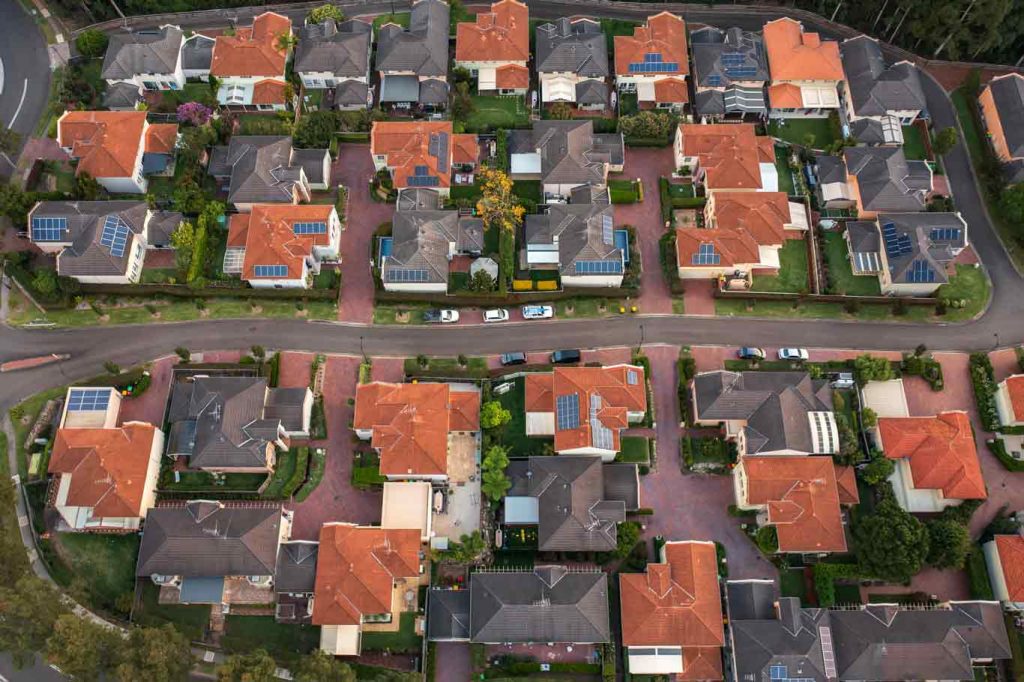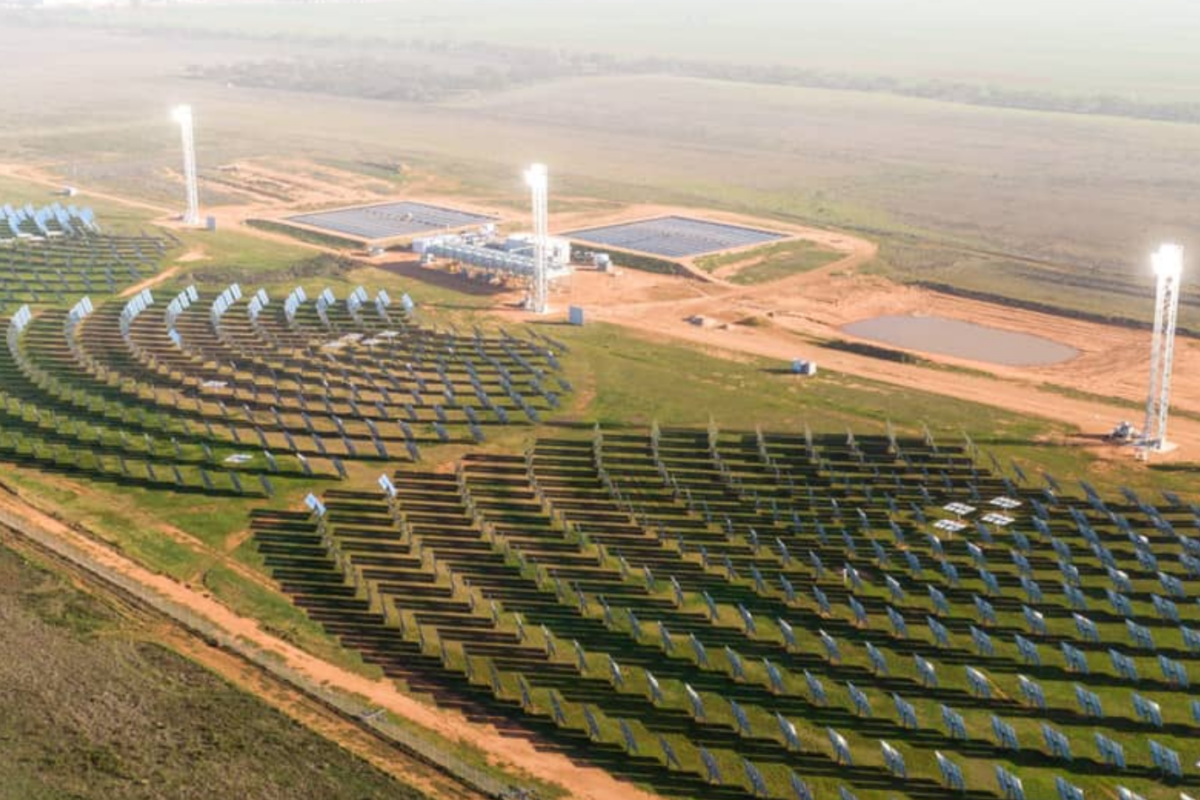In the past week there have been some incredibly exciting predictions from the Australian Energy Market Operator: in just five years Australia’s main grid could be powered at times by 100% renewable energy, including up to 77% by rooftop solar alone.
But there’s a suite of reforms on the table that threaten to stifle this rapid and sensible transition to clean energy.
Solar export charges
In the rooftop solar space, the Australian Energy Market Commission (AEMC) has just ruled that Distribution Network Service Providers can now charge solar households for exporting their energy into the grid.
This rule change is intended to address apparent grid issues caused by excess rooftop solar energy feeding into the grid. Yet even after a year or more of consultation on the proposal, serious concerns remain about whether export charges are justified and how they might impact consumers.
In the final determination, the AEMC talked up several ‘consumer protections’ in their ruling, but on close inspection these don’t hold much water.
Firstly, the AEMC has stated that export charges will be ‘optional’, which is true – up to a point. The new rules require networks to provide consumers with an export option that has no charge for ten years. But if consumers do choose this option they could have their export limit, and therefore their export income, slashed considerably.
As an example, an export charging proposal put forward by South Australian Power Networks, one of the proponents of the rule change, suggests a 1.5kW limit without charge, down from the existing 5kW limit in SA. This means consumers will have to pay up for exporting or have their exports and solar income slashed to approximately a third of what it is now. In other places it could be less, or even a zero export limit; there’s no minimum export amount that networks will be required to provide.
This is another key point of contention in the rule change. One of the arguments for allowing networks to charge for exports is to stop them from imposing static zero export limits, which restrict solar households from exporting any solar at all. But the fine print shows that networks have been given a big out in the rules which allows them to still impose zero export limits if they deem it necessary, despite collecting revenue to prevent such limits.
Existing solar customers only get an exemption from charges until 2025, perhaps long enough to cover system payback periods, but not accounting for any long-term financial calculations made by households who invested in solar in good faith.
And we’re still left with the fundamental question of how export charging will affect the uptake of rooftop solar and our transition to clean energy. Consumers are seeing the reward for solar investment continue to plummet with dropping feed-in tariffs alongside these new charges, despite the important role of rooftop solar in our energy transition. A transition which could be slowed if households decide to restrict their solar exports, or not invest in solar in the first place.
The good news is that export charges aren’t yet a done deal. States and territories may decide to block solar export charges in their jurisdictions. Victorian Energy Minister Lily D’Ambrosio has already come out of the gate strongly, saying that the Victorian government “won’t be allowing Victorians to be charged for the extra power they send to the grid” as they “don’t believe this proposal is a benefit for Victorian solar owners.”
Queensland, another opponent of the ruling in its draft form, may follow suit, along with other states and territories.
ESB Reforms
Large scale renewables are also facing stifling new reforms.
The Energy Security Board (ESB) has just released its recommendations for the post 2025 energy market. Our outdated energy system undoubtedly needs reforming, but some of the proposals have set alarm bells ringing for the clean energy sector – and anyone concerned about a speedy transition to renewables.
The proposal gaining the most attention is the call for a Physical Retailer Reliability Obligation (PRRO), a ‘capacity market’ mechanism, that would essentially pay large generators, primarily coal and gas plants, just to exist. The idea, championed by federal Energy Minister Angus Taylor, is to pay large generators for the capacity that they could supply, rather than what they do supply.
As coal fired power stations age and become increasingly unreliable and unprofitable, this mechanism could amount to a subsidy to prop up these plants beyond their use by date – and it will come straight out of the pockets of consumers. Recent analysis by the Institute for Energy Economics and Financial Analysis (IEEFA) and Green Energy Markets shows it could cost as much as $7 billion and add up to $430 to household electricity bills every year.
Yet there’s no certainty of reliability in return for this big spend; under such a proposal there’s no guarantee that generators will supply the energy needed, just that the capacity is there to do so.
The latest predictions from AEMO, referenced above, show that the pipeline of renewable generation and transmission projects should ensure a reliable grid – if the pipeline stays on track. Introducing this capacity market mechanism, referred to by some as ‘coal-keeper’, could disrupt market signals, creating extra risk and uncertainty for clean energy investors, and prolong the life of increasingly unreliable and high-emitting coal plants.
The other alarming proposal is the recommendation for a congestion management model (CMM). Similar to ‘coal-keeper’ above, this has been called the ‘solar-stopper’, with concerns it poses an even bigger threat to solar and wind projects. The proposed CMM could impose congestion charges on generators that are built outside of proposed renewable energy zones, or added to the zones after they’re already established.
Groups like the Clean Energy Council have raised concerns that this would also add additional uncertainty for investors attempting to forecast revenues for new clean energy projects, and may actually disincentivise new transmission projects that could help ease congestion.
These reforms, driven by a federal government that is still clinging to the fossilised idea of a ‘gas-led recovery’, could seriously hinder Australia’s renewable progress. Once again, the onus will fall on states and territories to lead the way on sensible and ambitious clean energy policies.
New South Wales Energy Minister Matt Kean has already expressed concerns about the capacity mechanism, and is keen to carve his own path to build a reliable, renewable-based grid in the state.
All state and territory energy ministers now have the opportunity, and responsibility, to rebuff these backwards ‘reforms’ that would needlessly keep us stuck in the fossil fuel dark ages, and move us forward into our bright clean energy future.
–
Hannah Mitchell is a Solar Campaigner for Solar Citizens
The views and opinions expressed in this article are the author’s own, and do not necessarily reflect those held by pv magazine.
This content is protected by copyright and may not be reused. If you want to cooperate with us and would like to reuse some of our content, please contact: editors@pv-magazine.com.








By submitting this form you agree to pv magazine using your data for the purposes of publishing your comment.
Your personal data will only be disclosed or otherwise transmitted to third parties for the purposes of spam filtering or if this is necessary for technical maintenance of the website. Any other transfer to third parties will not take place unless this is justified on the basis of applicable data protection regulations or if pv magazine is legally obliged to do so.
You may revoke this consent at any time with effect for the future, in which case your personal data will be deleted immediately. Otherwise, your data will be deleted if pv magazine has processed your request or the purpose of data storage is fulfilled.
Further information on data privacy can be found in our Data Protection Policy.